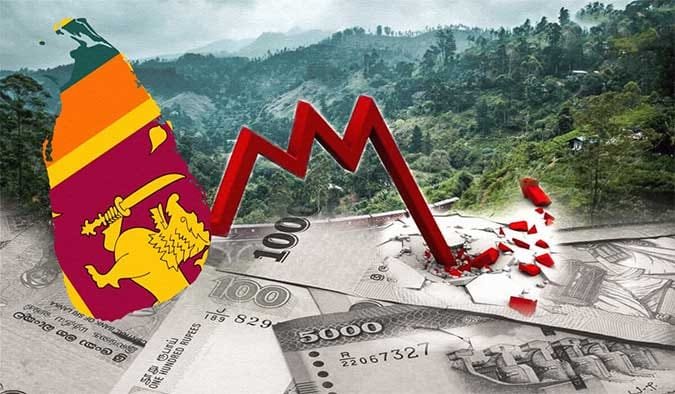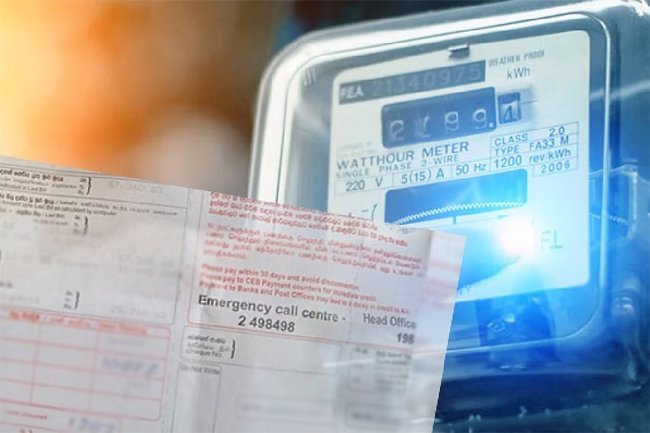The World Bank has raised its growth projection for Sri Lanka from 2.2% to 4.4% for 2024, indicating signs of economic stabilization(Economic Reforms). This revision reflects the positive performance of key sectors like industry and tourism, which have driven four consecutive quarters of growth. However, the World Bank warns that the recovery remains fragile, and continued efforts are needed to ensure long-term stability.
Sri Lanka’s Economic Recovery and Growth Potential
The World Bank’s report, Sri Lanka Development Update: Opening up to the Future, highlights several factors driving Sri Lanka’s economic recovery. The industrial and tourism sectors have played a key role, contributing to the faster-than-expected rebound. However, the report also notes that the country’s recovery hinges on maintaining macroeconomic stability, restructuring debt, and implementing much-needed reforms.
One of the most significant opportunities for Sri Lanka lies in its export potential. The report estimates that the country has an untapped export capacity of $10 billion annually. By leveraging this potential, Sri Lanka could create approximately 142,500 new jobs, contributing to both economic growth and poverty reduction.
Challenges Ahead: Poverty and Inflation
While the growth forecast is promising, Sri Lanka still faces significant challenges. The World Bank warns that poverty levels are expected to remain high, with more than 20% of the population living below the poverty line until at least 2026. This high poverty rate is a direct consequence of the economic crisis, which left one in four Sri Lankans living in poverty.
Inflation, on the other hand, is expected to stay below the Central Bank’s target of 5% in 2024, thanks to stable macroeconomic policies. However, as the economy begins to recover and demand picks up, inflation could increase slightly. Despite these challenges, the tourism sector and remittances from Sri Lankans working abroad are expected to support a current account surplus throughout 2024.
Key Reforms Needed for Sustainable Growth
The World Bank report emphasizes that structural reforms are critical for Sri Lanka’s long-term success. These reforms include boosting exports, attracting foreign investment, increasing female labor force participation, and improving productivity. By focusing on these areas, Sri Lanka can work towards more inclusive and sustainable growth.
The report also highlights the importance of addressing issues such as poverty, food insecurity, and vulnerabilities in the financial sector. By resolving these challenges, Sri Lanka can build a stronger foundation for future growth.
World Bank’s Recommendations for Policy Improvements

During the launch of the report, World Bank Country Manager for Sri Lanka and Maldives, Gevorg Sargsyan, stressed the need for hard work and consistent policies. While Sri Lanka has made remarkable progress in recovering from its economic crisis, Sargsyan noted that the country is still in the early stages of recovery. He emphasized the importance of focusing on export growth, which he believes is one of the most promising areas for economic expansion.
Sargsyan pointed out that Sri Lanka’s geographical location offers significant advantages in global value chains. To unlock its $10 billion export potential, the country must remove bureaucratic barriers and create a level playing field for both domestic and foreign investors. This will help attract more investments and stimulate job creation.
Industrial Growth and Tourism Rebound
World Bank Country Economist for Sri Lanka, Shruti Lakhtakia, highlighted the positive economic turnaround seen in the last four quarters. Much of this growth has been driven by industrial production and a strong rebound in tourism-related services such as accommodation, food, and transportation. However, domestic consumption remains weak, and much of the recovery has been fueled by external demand and investment.
Lakhtakia also discussed the improvements in the financial sector, such as increased profitability for banks due to lower policy rates set by the Central Bank. However, she noted that lending growth has not been sufficient to fully support the economic recovery, and there are still issues with the quality of credit.
Fiscal Policy and Tax Reforms
On the fiscal front, Lakhtakia mentioned that Sri Lanka has seen improvements in revenue collection, thanks to changes in tax policies. However, the country’s reliance on indirect taxes, such as the Value Added Tax (VAT), disproportionately affects low-income households. To achieve long-term stability, she stressed the need for continued policy consistency and structural reforms, particularly in tax policy and financial management.
Policy Consistency and Structural Reforms
World Bank Senior Country Economist for Sri Lanka, Richard Walker, emphasized the importance of policy consistency in safeguarding the country’s economic gains. He recommended focusing on poverty alleviation, improving the targeting of cash transfers, and adopting more progressive revenue mobilization strategies. Walker also pointed out that resolving longstanding structural weaknesses, such as enhancing competitiveness, is crucial for Sri Lanka’s sustainable growth.

In terms of export potential, Walker stated that nearly half of Sri Lanka’s potential exports are currently unrealized. Much of these lost opportunities lie within the Asian market, which Sri Lanka could tap into by reducing tariffs and simplifying its tariff structure. This would improve access to imported inputs, making Sri Lanka’s exports more competitive in the global market.
Foreign Direct Investment (FDI) and Trade Facilitation
Walker also emphasized the need to increase foreign direct investment (FDI) in Sri Lanka. Despite offering significant tax incentives, the country’s FDI levels remain below average compared to other low- and middle-income countries. To attract more FDI, Walker suggested creating a more business-friendly environment and improving governance. He also recommended removing restrictions on FDI in sectors such as transport and logistics and negotiating deeper free trade agreements to attract investment.
Conclusion
Sri Lanka’s economic outlook for 2024 is optimistic, with growth projected to reach 4.4%, up from the previous estimate of 2.2%. However, the path to recovery remains challenging, with high poverty levels and inflationary pressures expected to persist. To ensure long-term success, the country must focus on implementing key reforms, boosting exports, attracting foreign investment, and improving the overall business environment.
The World Bank’s report provides a roadmap for Sri Lanka’s recovery, but sustained effort and consistent policies will be essential to overcoming the challenges ahead. By addressing structural weaknesses and leveraging its untapped export potential, Sri Lanka can build a more inclusive and resilient economy.













